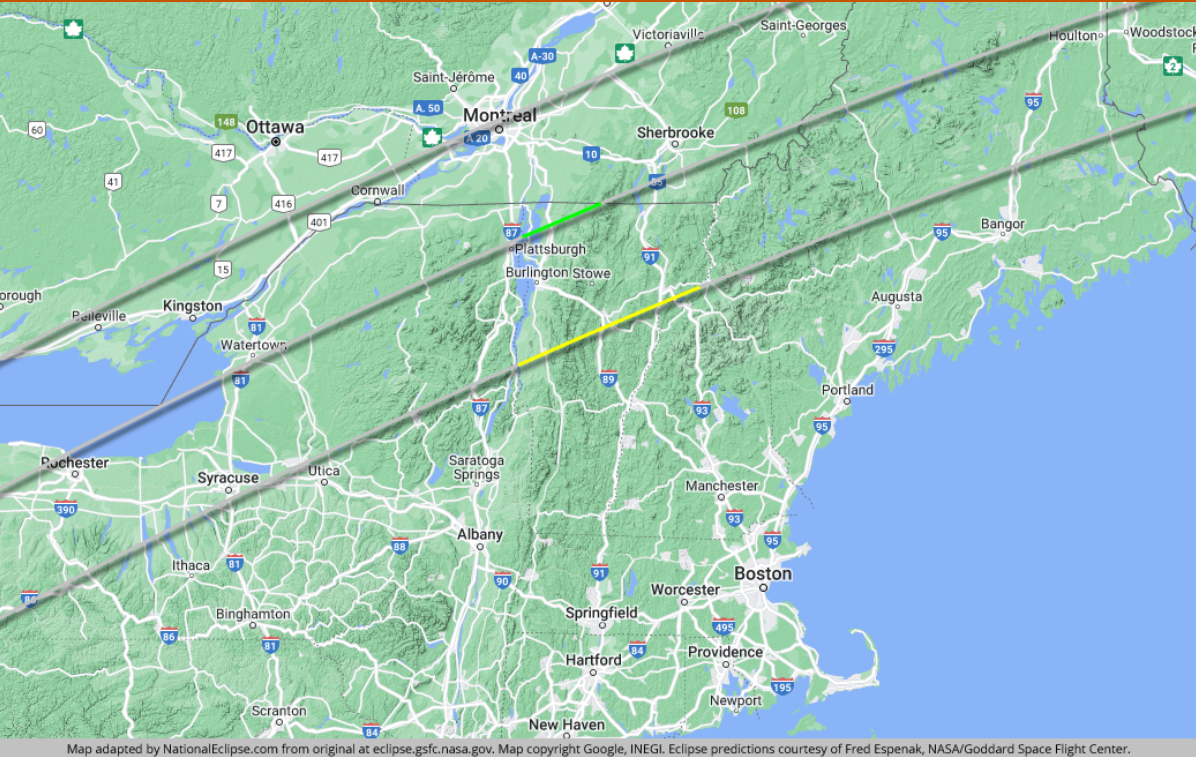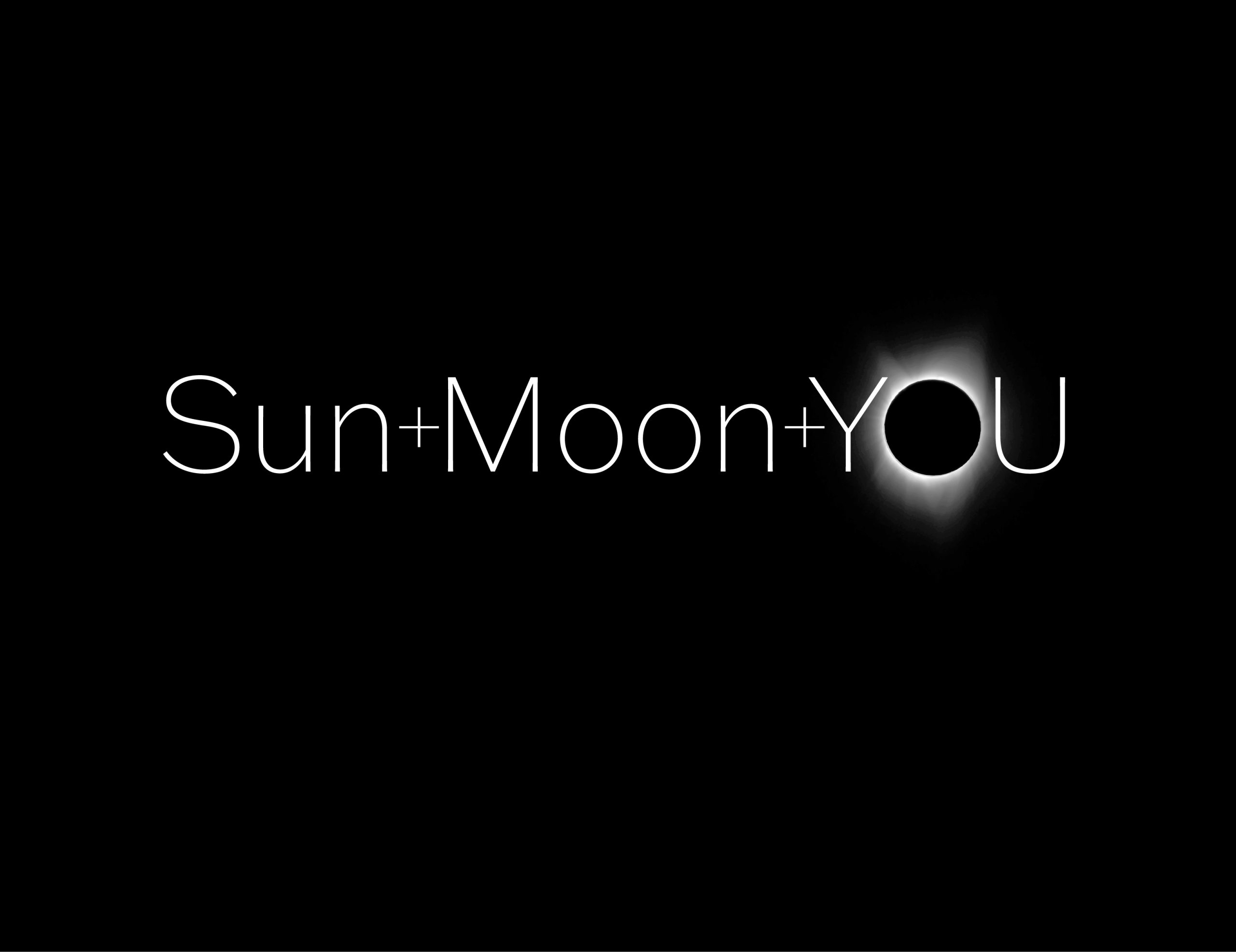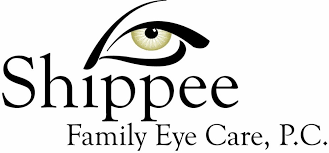
New York, Northern New England, and Quebec
On April 8, 2024 the path of totality crosses into the Adirondacks of New York shortly after 2:00 PM, when the Moon begins to cover the Sun. The Moon’s shadow races across the Earth’s surface at more than 2000 miles per hour, which means the Eastern Townships of Quebec will experience the same effects about 5 minutes later. Totality begins in the Adirondacks near 3:24 PM, and in Sherbrooke, Que at 3:29 PM. The process of fully covering the Sun takes a little more than an hour.
The central line of the eclipse runs very close to Rt. 3 in northern New York, from Paul Smiths to Redford to just north of Plattsburgh, crossing right over North Hero, then between Swanton and St. Albans, to Enosburg, and crossing from Richford into Quebec, running through Mansonville, Ayer’s Cliff, and south of Sherbrooke. The southern-most extent of the Moon’s shadow, which marks the area of complete totality reaches Middlebury, Montpelier, and St. Johnsbury, into Lancaster and Milan, NH.
Let us know that you’ll join our Sun+Moon+YOU event on April 8th.

The eclipse event lasts a little more than 2 hours, but the real excitement lasts just a few minutes. In the early stages of the eclipse, the Moon begins to move in front of the Sun, with the Sun appearing to have a “bite” taken out of it. As the Sun increasingly becomes covered by the Moon, it takes on a crescent shape, and the lighting outside seems to dim, in the fashion of twilight. About 10 minutes before totality, the changes accelerate, and just as the Moon covers the Sun, a brief phenomenon called Bailey’s Beads occurs, as the sunlight passes between lunar mountains, craters, and valleys. Once true totality is achieved, another phenomenon can be observed, the solar corona. This is the Sun’s outmost atmosphere, extending millions of miles out into space, consisting of plasma, ionized gases emitted from the Sun. After totality, lasting a few seconds to a few minutes, ends, the phenomena reverse, with the last of the Moon moving away from the Sun by 4:35 PM.
Eclipse Safety
Although eclipses are fascinating, they are dangerous to your eyesight without proper equipment and exercising caution. Ordinarily, we don’t look directly at the Sun because it is overwhelmingly bright. However, when the Moon begins to cover the Sun, it reduces the amount of light, which you might perceive as making it safe to view. However, even a slender portion of the Sun emits the same intensity of light, far too strong for your eyes to look at directly without creating serious, possibly permanent damage. Fortunately, there are safe ways to view a solar eclipse.
Among the most popular ways to view the eclipse is through specially designed “eclipse glasses”, made from material that blocks the harmful light, but still allows you to see the eclipse.
Another safe way to view the eclipse is using a pinhole viewer. Using a long rectangular box, like a shoebox, you can cut an opening on one end, cover it with aluminum foil and poke a pinhole through it. Then cut a viewing hole on the side of the box so you can see the other end, where the sunlight hits. Turn away from the Sun, and allow the sunlight to shine into your viewer. At the maximum of the eclipse, you will see a crescent Sun. Here’s a video from NASA Goddard about making a pinhole viewer at home.
Nature will also do this, like underneath a tree, where specks of sunlight will become tiny crescents. You can even do that by overlapping your fingers to let tiny bits of sunlight through. Something as simple as a kitchen colander will also create a pattern of crescent Suns. segments.
Eclipse Basics
Solar eclipses, and their counterparts, lunar eclipses, occur as the Moon’s orbit around the Earth interacts with the Earth and the Sun.
The Moon orbits the Earth once every 27 days and 8 hours, with a path that is tilted very slightly from the Earth’s orbit around the Sun. The small angle of 5.5 degrees, turns out to be significant in terms of the timing, locations, and frequency of eclipses. An eclipse can only take place when the Moon’s orbit crosses the same line that the Earth’s orbit makes around the Sun, and then, only during a Full Moon (a lunar eclipse) or a New Moon (a solar eclipse). When you add the Earth’s motion into this process, the Moon is Full or New once every 29.54 days. Approximately twice a year, this occurs close enough to the moment that the Moon crosses the Earth’s orbit to create lunar or solar eclipses.
During a solar eclipse, the Moon’s shadow covers a relatively narrow path, from a few miles to a maximum of 166 miles. These leaves most of the Earth outside the area that will experience a total eclipse, resulting in a partial eclipse, when the Sun is only partly covered by the Moon. There was an exciting partial eclipse in August of 2017, when a total eclipse crossed the central US from coast-to-coast. Locally, the Moon covered 70 percent of the Sun, creating a pronounced crescent shape to the Sun. Another partial eclipse occurs in October of 2023, though only 16 percent of the Sun will be covered in our region.
A third type of eclipse happens when the Moon does not completely cover the Sun, even though it is perfectly aligned. This is called an annular eclipse, annular meaning ring, like the annular rings of grow visible when a tree is cut down. Annular eclipses are possible because the Moon’s distance from the Earth varies during its orbit. Rather than circular, the Moon’s orbit is elliptical, ranging in distance from 225 thousand to 252 thousand miles. You sometimes here references to the size of the Moon when a Full Moon is described as a “super” moon. Though not an official astronomy term, it does convey the idea that the Moon appears larger or smaller, depending in its distance. If the Moon is near its more distant point during an eclipse, it appears slightly smaller than the Sun, and cannot completely cover the Sun. This leaves a ring of sunlight around the Moon, and is called an annular eclipse.





